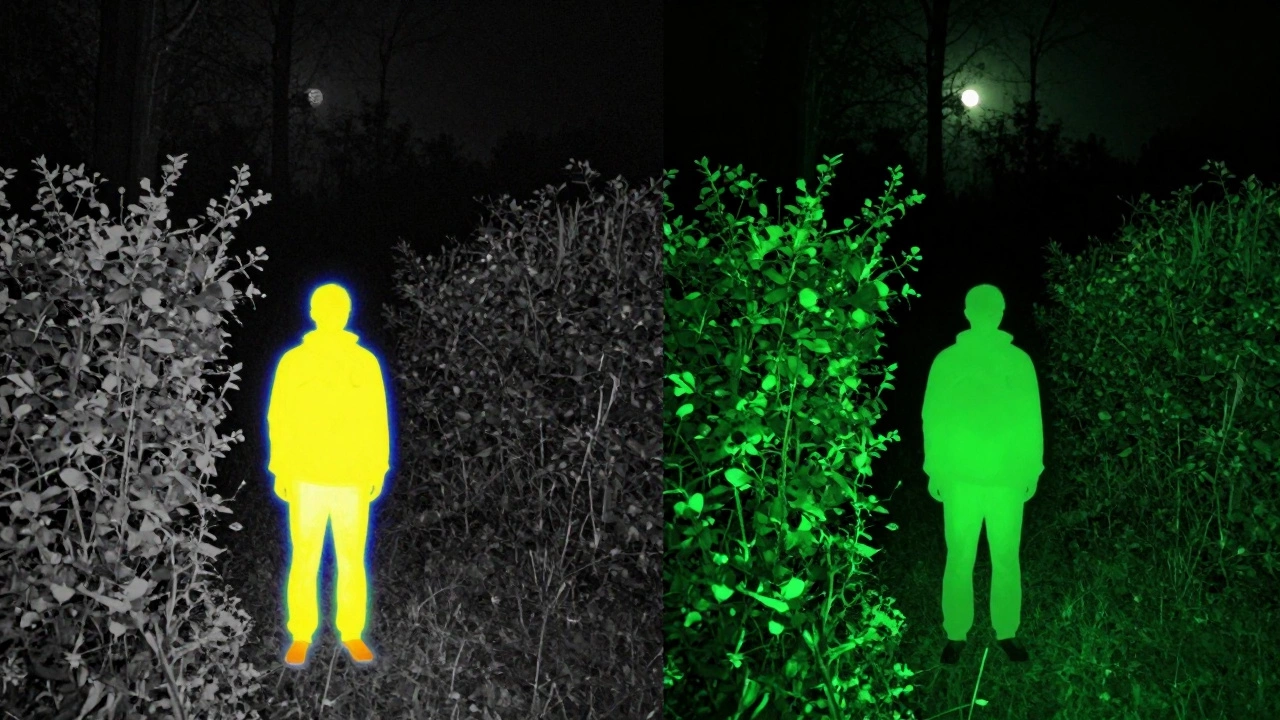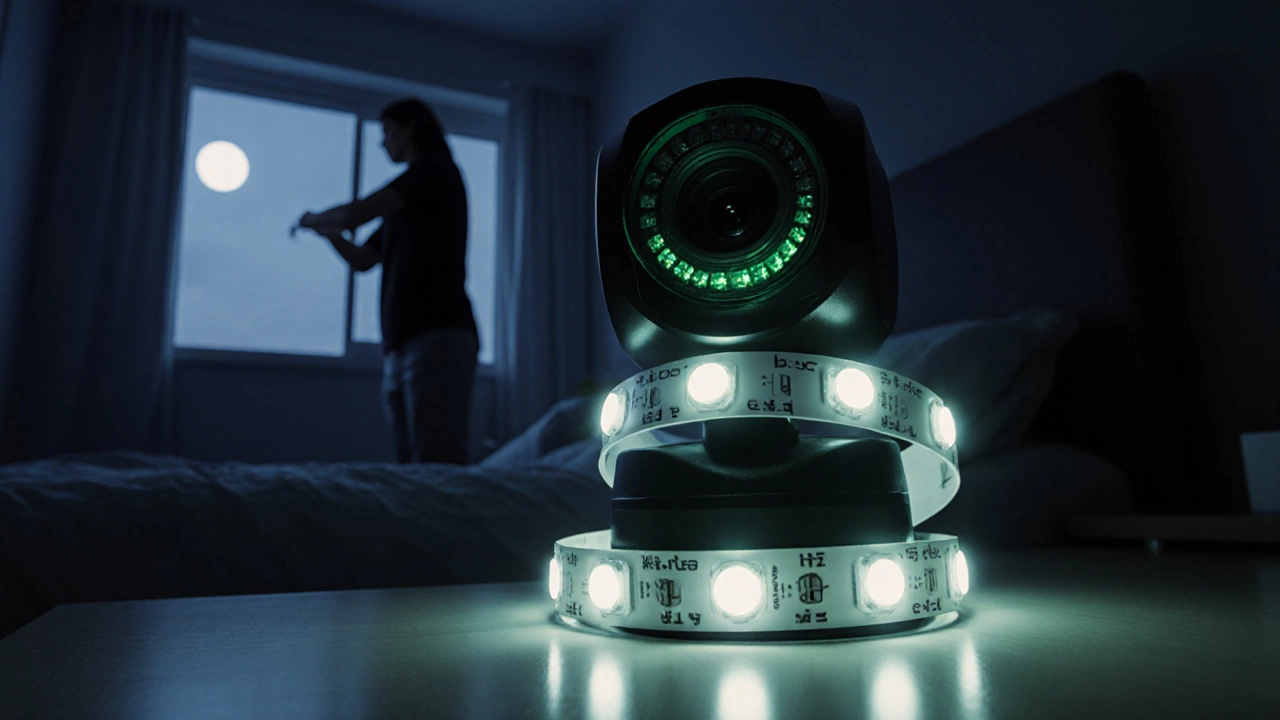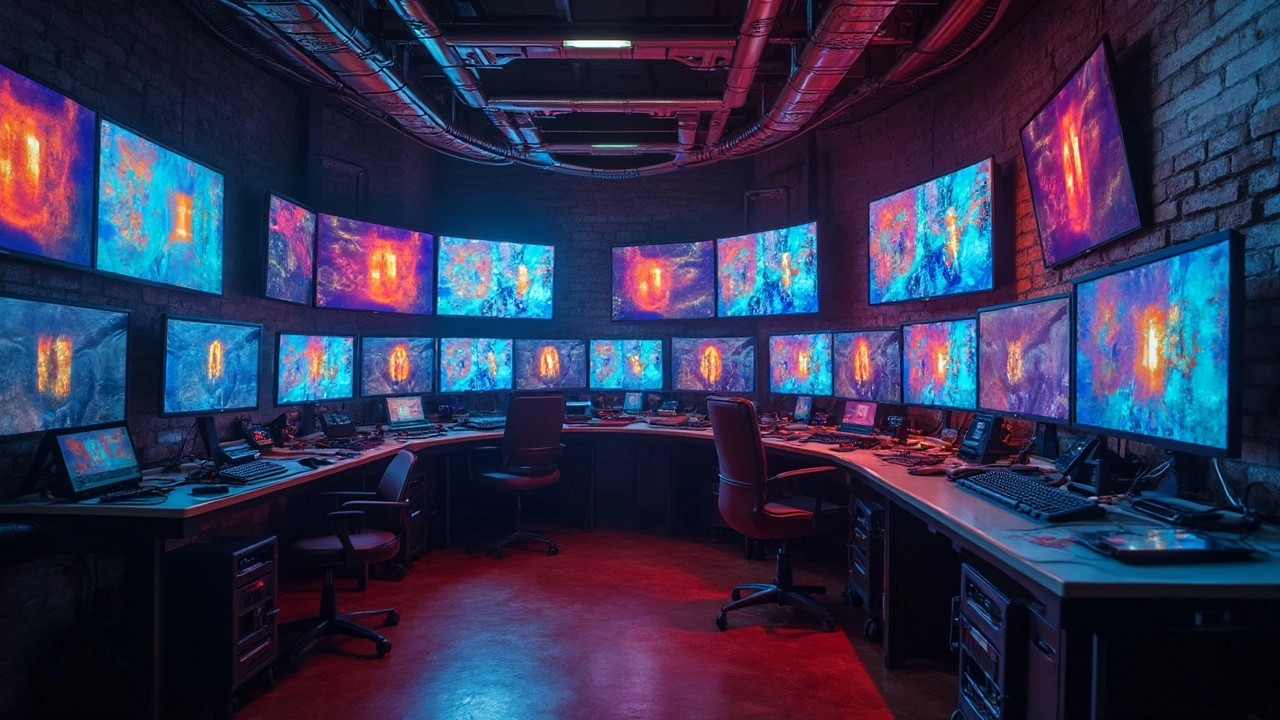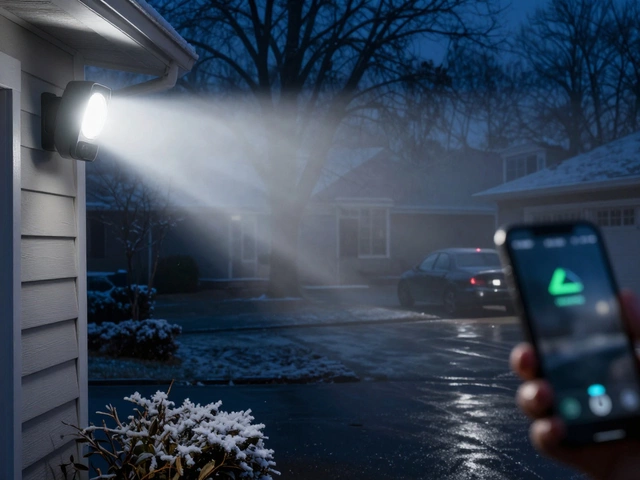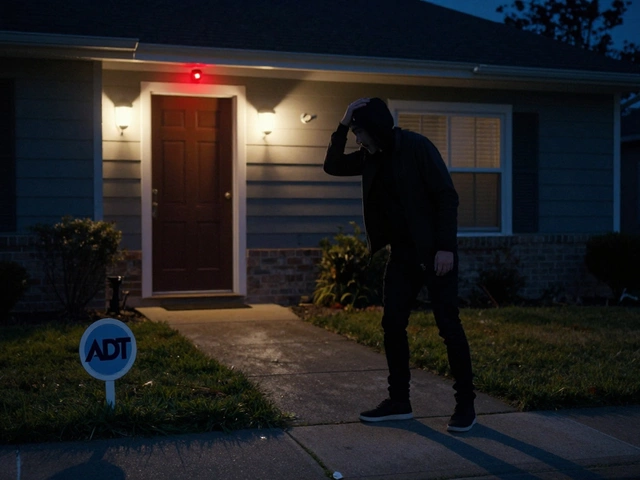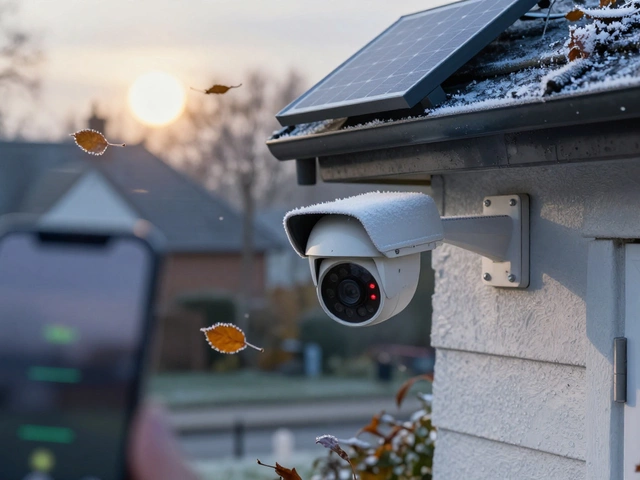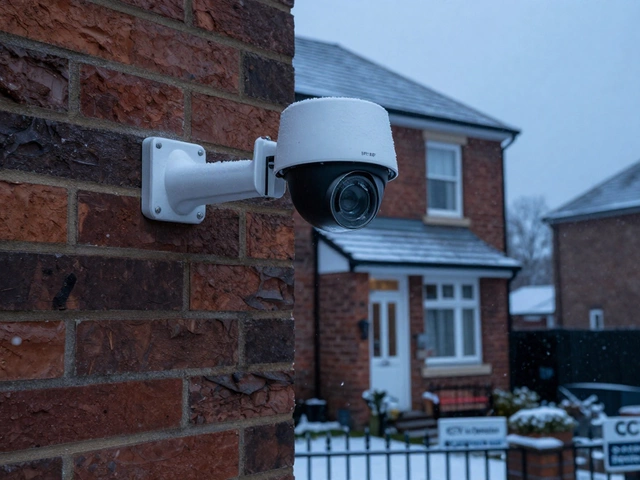Thermal Imaging: A Simple Guide to Boosting Your Home Security
If you’ve ever wished you could see the night as clearly as daylight, thermal imaging is the answer. Instead of relying on visible light, it reads heat signatures, so you get a clear picture even in total darkness or heavy fog. That makes it a powerful tool for anyone who wants to keep an eye on their property 24/7.
How Thermal Imaging Actually Works
Every object emits infrared radiation – basically heat. A thermal camera has a sensor that picks up that radiation and turns it into a visual map. Hot spots appear bright, cooler areas look darker. Because the sensor doesn’t need light, you can detect people, animals, or cars moving behind walls, bushes, or even through smoke. The result is an image that shows where heat is, not where light is.
Modern units use microbolometer sensors that are cheap enough for home use but still give enough detail to tell a human from a pet. The camera’s software adds colour palettes – like white‑hot or black‑hot – to make the picture easier to read. You can set alerts for temperature changes, so the system can notify you the moment something moves in your yard.
Choosing the Right Thermal Camera for Your Home
First, think about the area you want to cover. A front‑door camera that sees a few metres away needs less resolution than a perimeter camera watching a large garden. Look for a resolution of at least 640×480 pixels for clear details; anything lower will look blurry when you zoom in.
Second, check the detection range. Most indoor models reach 10‑15 metres, while outdoor units can see 30‑50 metres depending on weather. If you live in a cold climate, a camera with a built‑in heater helps keep the sensor clear of frost.
Third, consider connectivity. Wi‑Fi models are easy to install but can suffer interference. Wired Ethernet or PoE (Power over Ethernet) gives a stable link and often powers the camera, reducing the need for a separate power source.
Finally, think about integration. Many thermal cameras work with popular smart‑home hubs, letting you view footage on your phone, set motion zones, or link alerts to a professional monitoring service like Birmingham Security Command Center. An integrated system means you get the heat data and the quick response you need.
Remember, a higher price doesn’t always mean better for your home. Focus on the features that match your security goals – range, resolution, and reliable alerts – and you’ll get a solid setup without overspending.
Thermal imaging is not just for big commercial sites; it’s now affordable enough for homeowners who want night‑vision security without the grainy black‑and‑white footage of traditional cameras. By spotting heat, you catch intruders before they even think about breaking in.
Ready to add a thermal camera? Start with a small indoor unit to get used to the view, then expand outward if you need more coverage. Pair it with a monitoring service that can dispatch help the moment an alert fires, and you’ll have a security system that works day and night, rain or shine.

